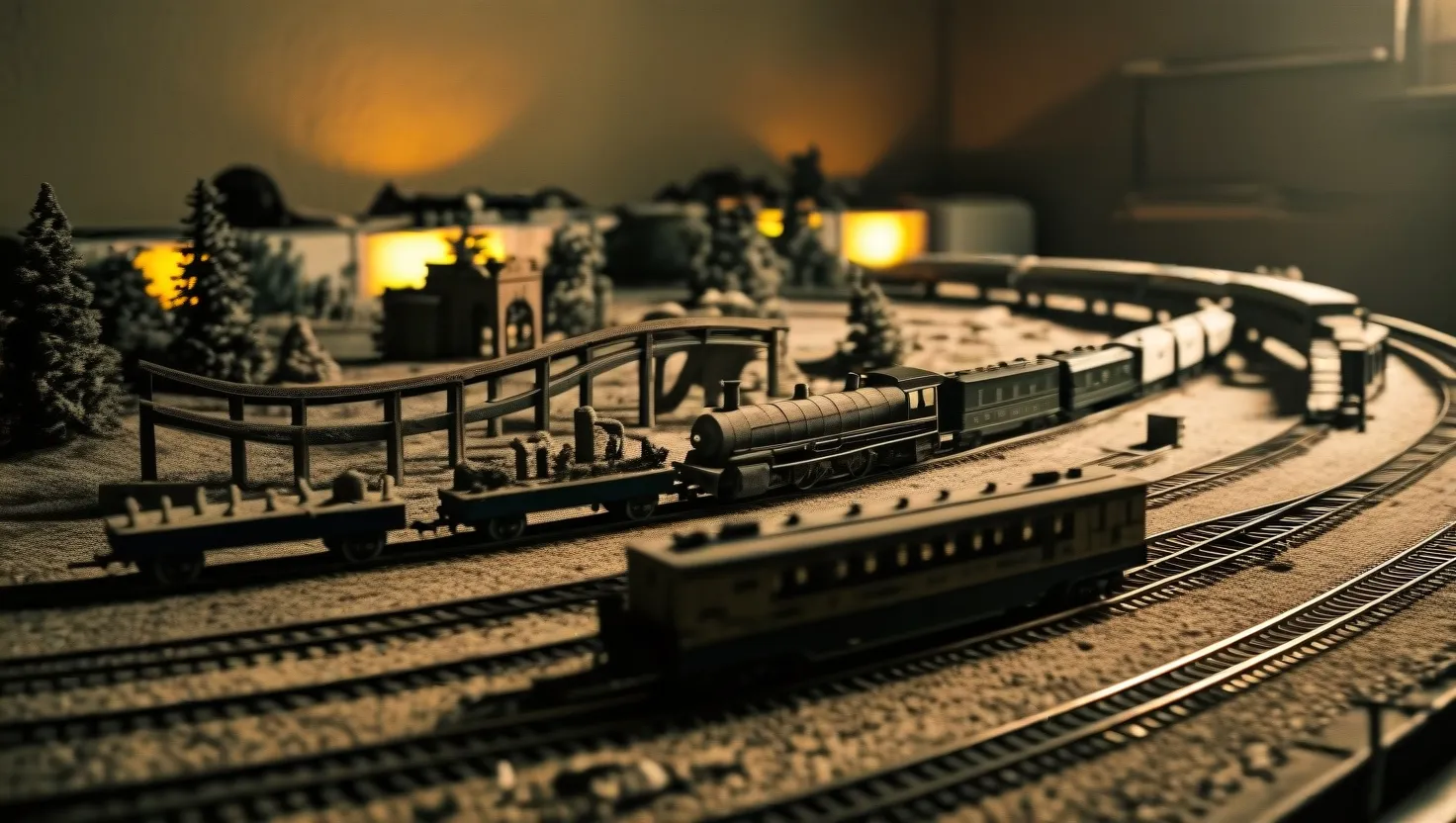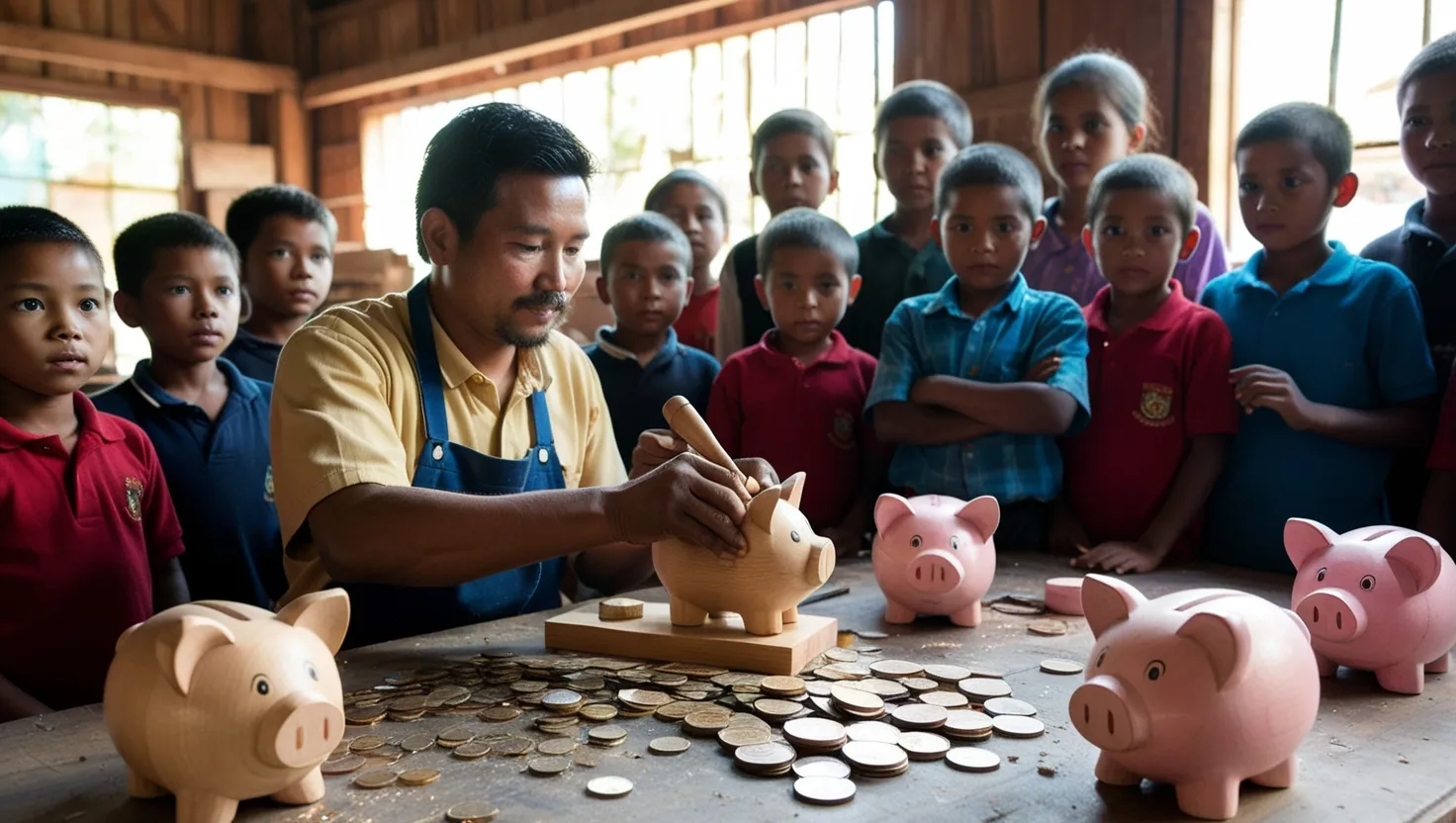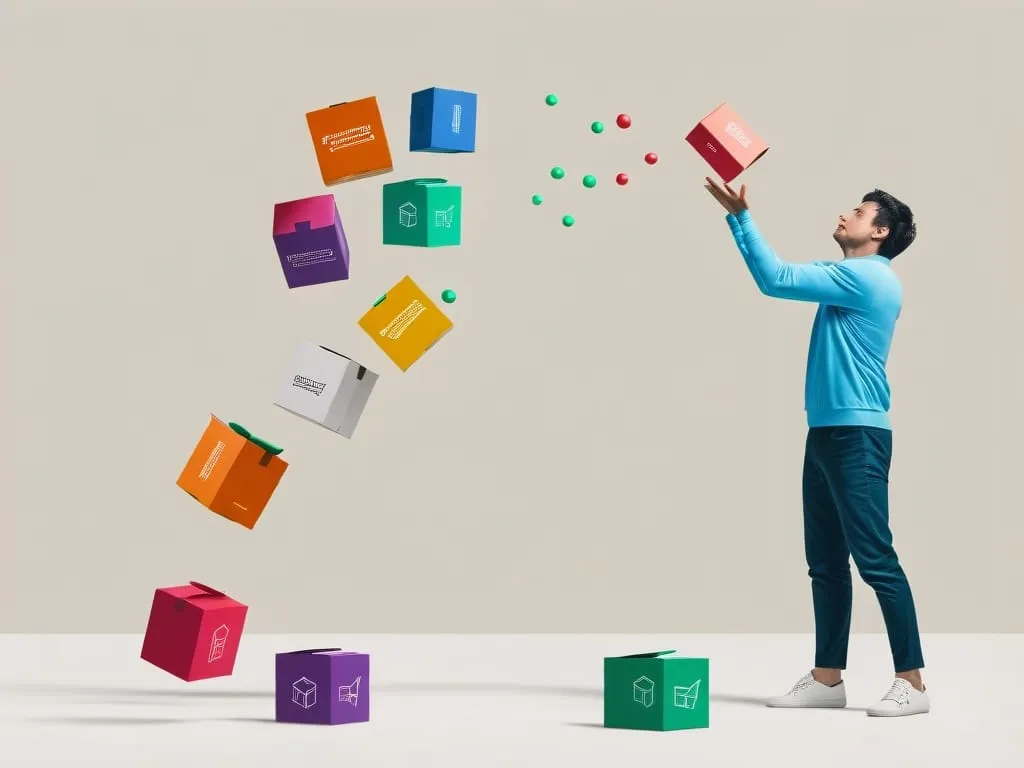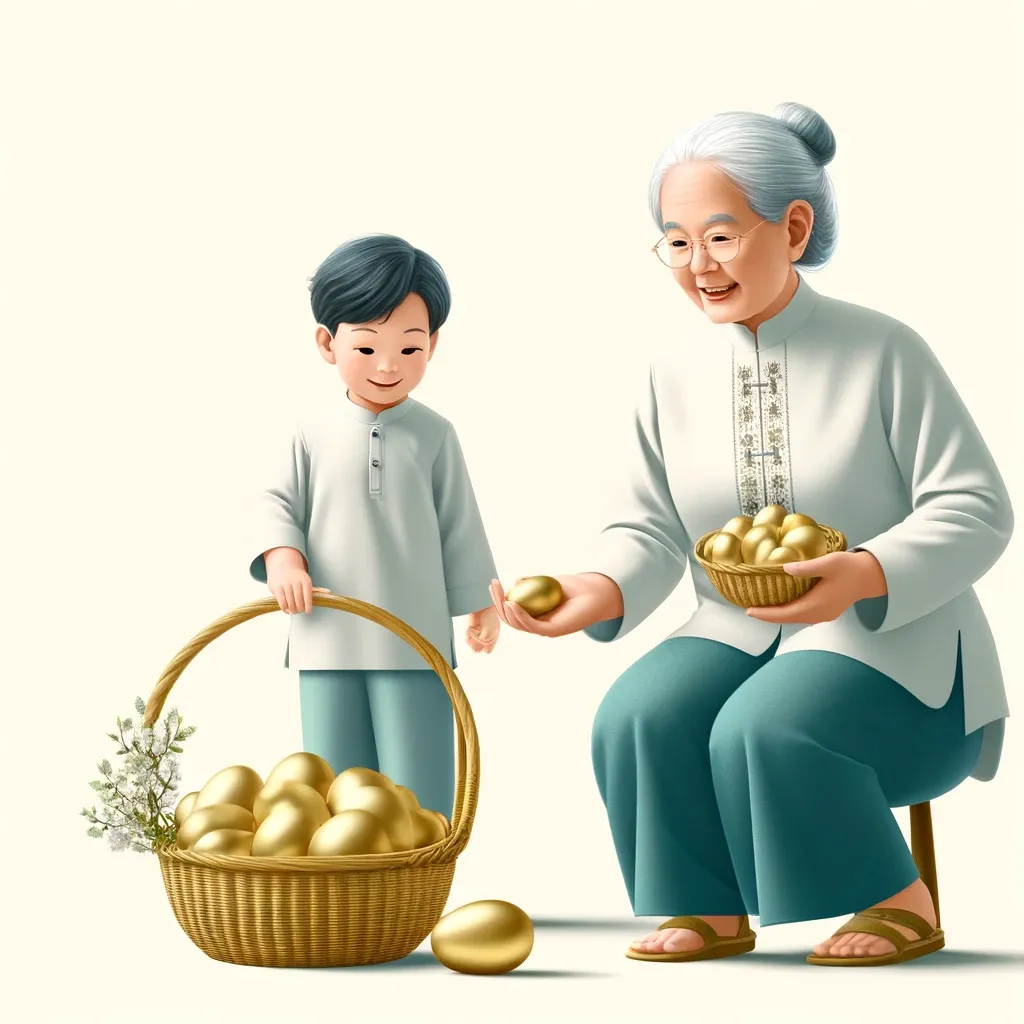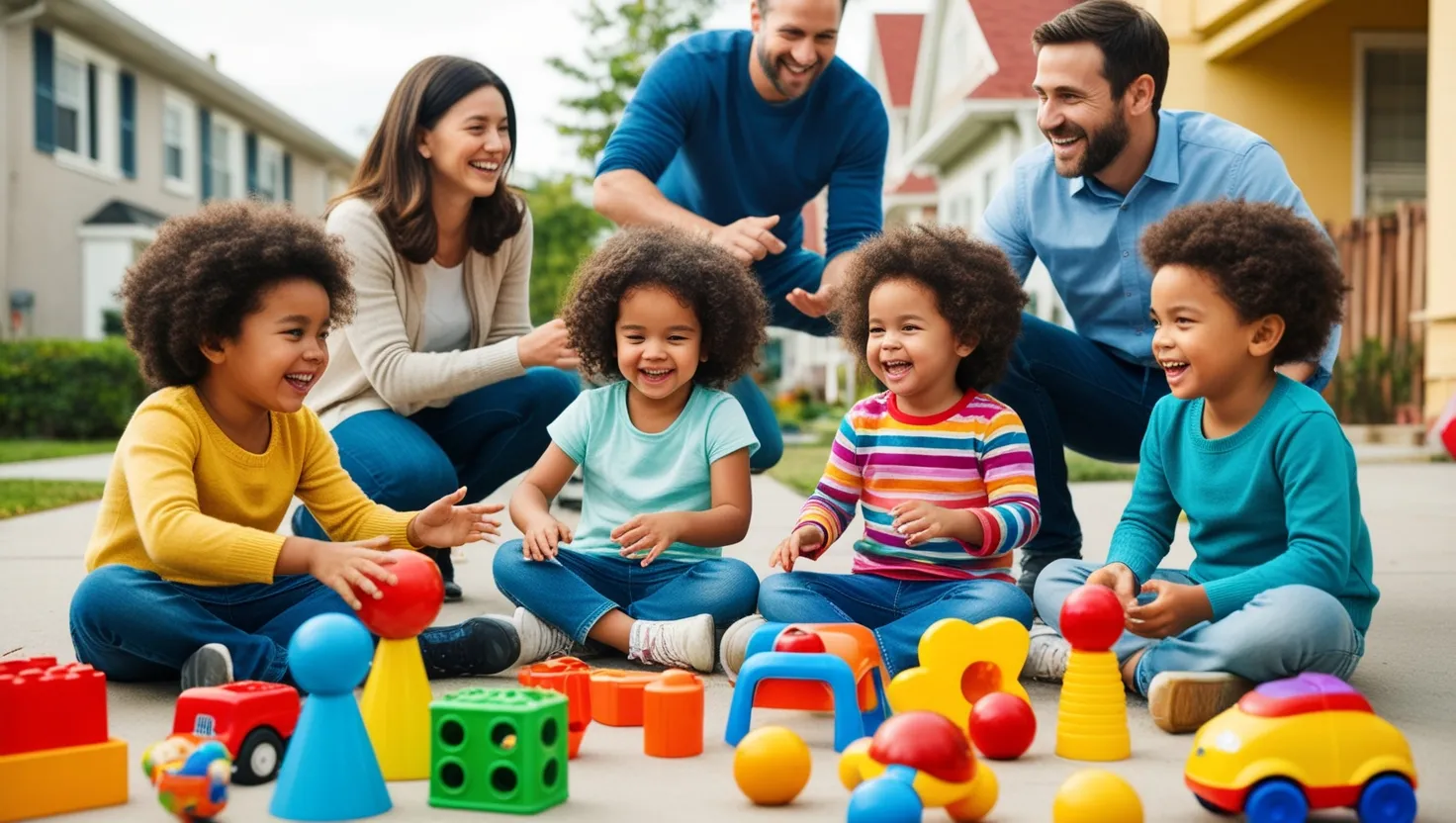As I stood in the quiet, dimly lit room, the dust-covered model train set laid out before me like a forgotten dream. It was my late husband’s passion project, a world of miniature trains, tracks, and scenery that he had meticulously crafted over the years. Now, it was mine to complete, a task that would take me on a journey of discovery, grief, and ultimately, healing.
The first thing that struck me was the complexity of the layout. My husband had always been meticulous, but this was on a different scale. Every track, every bridge, every tiny detail was a testament to his patience and dedication. As I began to work on the set, I found myself lost in the process, the clicking of the tracks and the hum of the trains a soothing balm for my grieving heart.
But as I delved deeper into the project, I realized that there was more to it than just the physical act of building. My husband had left behind a legacy, not just of trains, but of memories, of stories, and of lessons. One of the most significant lessons I learned was about the importance of estate planning.
“Estate planning is not just about distributing assets; it’s about ensuring that your loved ones are taken care of after you’re gone,” a financial advisor once told me. As I navigated the complex world of inheritance taxes and wills, I understood why my husband had been so meticulous about his affairs. He wanted to make sure that I would not be burdened with unnecessary stress and financial worries.
The Emotional Value of Sentimental Assets
As I worked on the train set, I began to appreciate the emotional value of sentimental assets. Each piece, each train, and each scenery element was more than just an object; it was a memory, a story, a piece of our shared history. My husband had spent countless hours building this world, and now, it was mine to cherish and continue.
“Sentimental value is the most valuable kind of value,” someone once said. It’s the value that comes from the heart, from the memories and emotions attached to an object. As I placed each train on the track, I felt a sense of connection to my husband that I hadn’t felt in a long time.
The Therapeutic Value of Model Railroading
Model railroading, I discovered, is more than just a hobby; it’s a form of therapy. The repetitive motion of laying tracks, the precision of placing scenery, and the satisfaction of watching the trains run all combined to create a sense of calm and focus.
“I could lose myself taking apart and redoing my layout,” a fellow model railroader once shared. “It was my go-to place, day or night. I could talk to it, work on it when I needed to, or just think while working.” His words resonated deeply with me as I found solace in the quiet, methodical work.
The Community of Model Railroaders
As I continued to work on the train set, I began to connect with a community of model railroaders who shared my passion and my grief. They were a supportive group, each with their own stories and reasons for being drawn to this hobby.
“Every locomotive has its own personality,” one enthusiast told me. “Models are no different than the prototypes in this respect.” This insight made me see the trains in a new light, each one unique and special in its own way.
Lessons in Resilience
The process of completing the train set taught me valuable lessons in resilience. It was a project that required patience, dedication, and perseverance. There were times when I felt overwhelmed, when the tracks seemed too complex, or the scenery too intricate. But each time I felt like giving up, I remembered why I was doing this.
“It’s your railroad. Do what makes you happy!” a fellow modeler advised. These words became my mantra as I worked through the challenges, finding joy in the small victories and the sense of accomplishment.
The Final Run
Finally, after months of work, the train set was complete. I stood back, tears in my eyes, as the trains chugged along the tracks, the scenery a vibrant backdrop to their journey. It was a moment of pure joy, a sense of closure and new beginnings.
As I watched the trains, I felt my husband’s presence around me, his spirit alive in the world he had created. It was a reminder that even in death, there is life, and that the memories we create can continue to inspire and comfort us.
“Life is what we make it,” someone once said. “Always has been, always will be.” As I looked at the train set, I knew that my husband had made something special, something that would continue to bring me joy and comfort for years to come.
And so, I let the trains run, their gentle hum a reminder of the love and the legacy that my husband had left behind. It was a journey that had taught me so much about estate planning, inheritance taxes, and the emotional value of sentimental assets, but most importantly, it had taught me about the healing power of love and memory.
